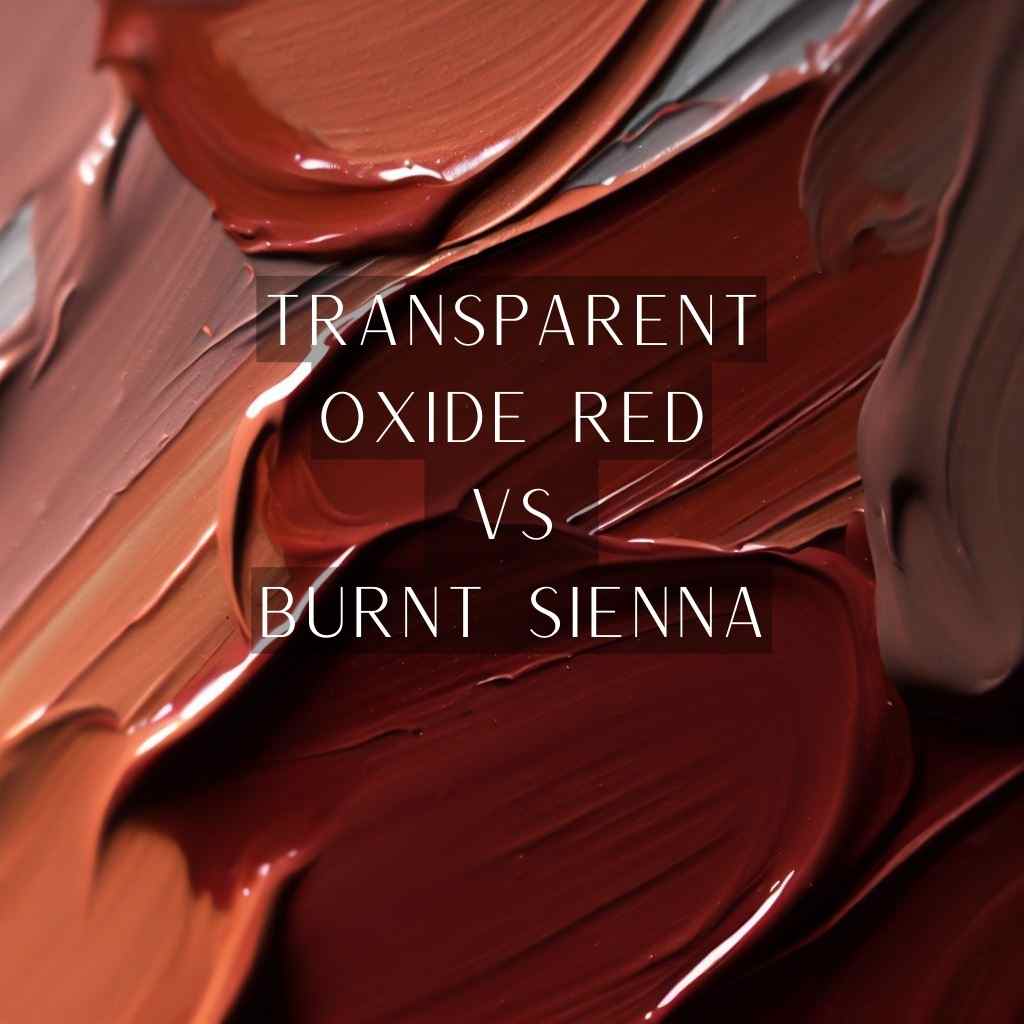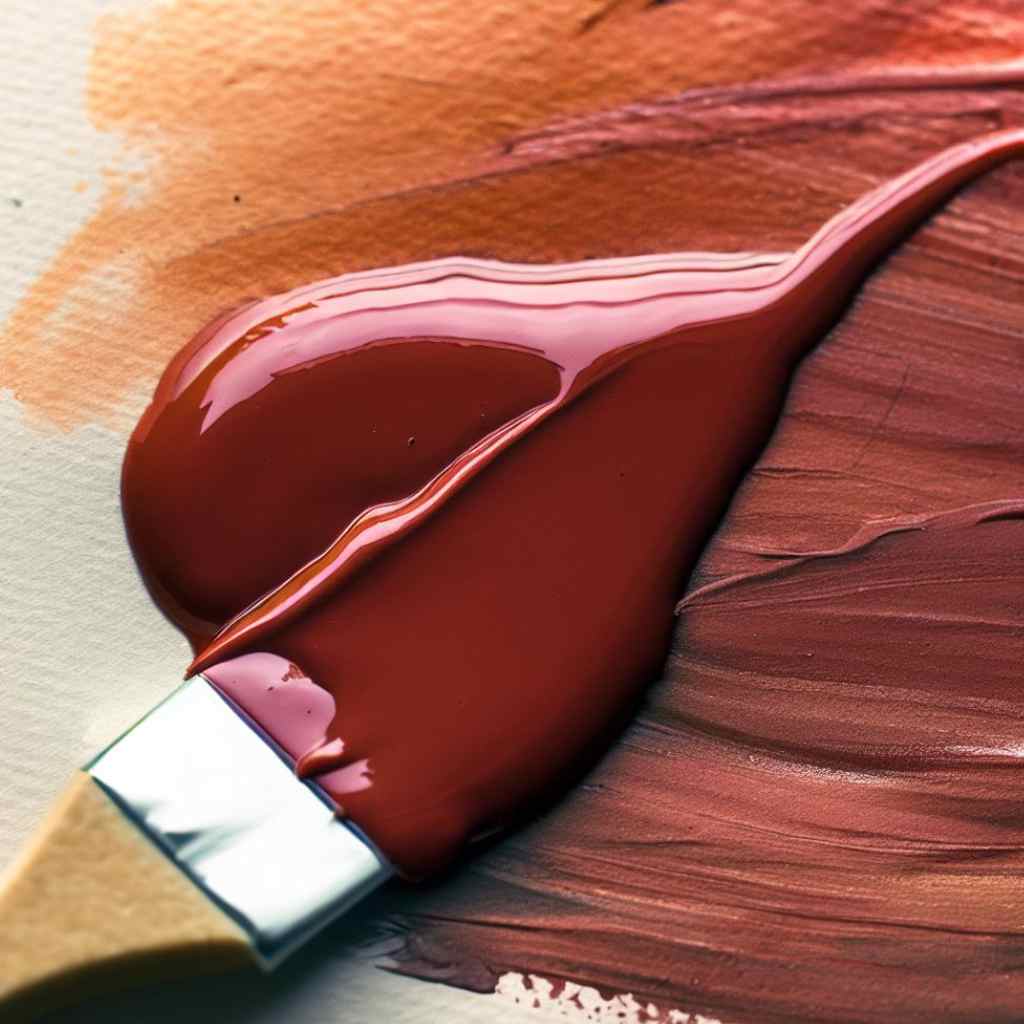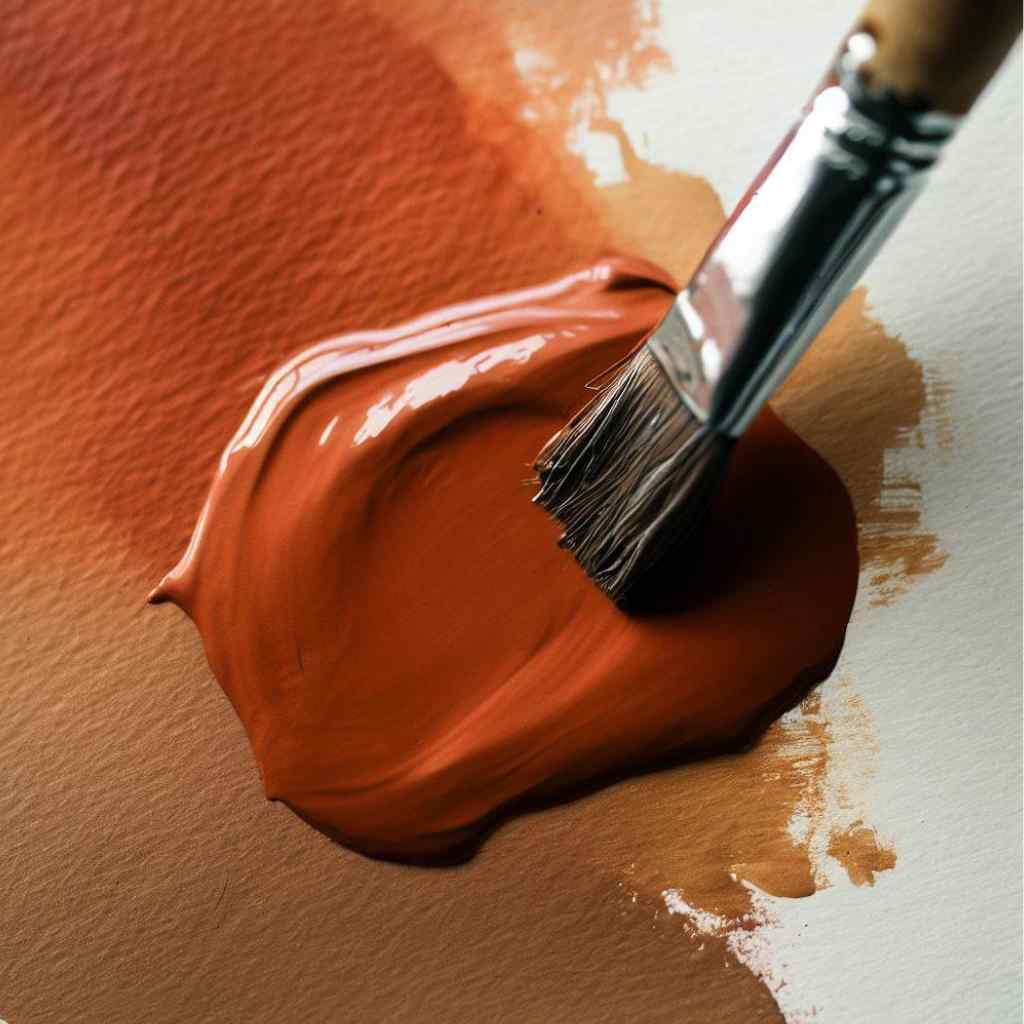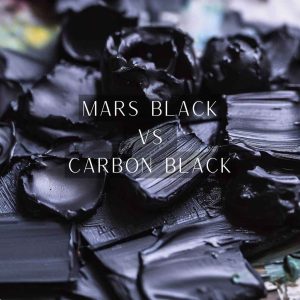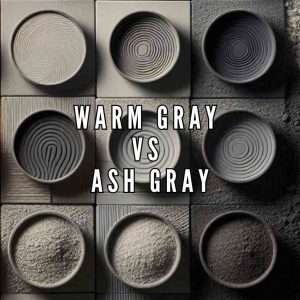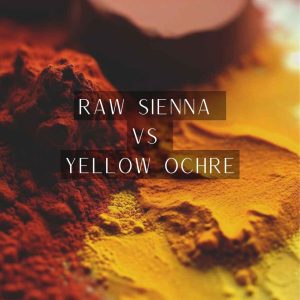In the world of art, every stroke holds a universe of decisions. Choosing between Transparent Oxide Red and Burnt Sienna is akin to selecting the perfect note for a symphony.
The quest for that elusive, harmonious hue can be as intricate as a spider’s silk. How do these revered pigments, transparent oxide red vs burnt sienna, stack up against each other?
The answers lie in their origins, their chemical ballet, and the magical transformations they offer to a canvas.
Allow us to guide you through this odyssey, unveiling the secrets and unraveling the mysteries of these earthy titans.
What is Transparent Oxide Red?
Transparent Oxide Red, derived from natural iron oxide deposits, boasts a lineage dating back to ancient civilizations. Its presence in cave paintings and archaeological finds attests to its enduring popularity throughout history. This pigment has transcended time, leaving its mark on diverse artistic traditions worldwide.
Its fine particle structure lends itself to smooth, even applications, making it a favored choice for artists seeking nuanced, layered effects. Its natural composition also endows it with a rich, warm undertone that emanates depth and vitality.
What is Burnt Sienna?
Burnt Sienna traces its roots to the earthy soils of Italy’s Sienna region. Through a meticulous process of roasting and refining raw sienna, artists obtain a pigment that encapsulates the warmth and vibrancy of its Mediterranean birthplace. This transformative process yields a pigment with distinct reddish-brown hues.
Its range of warm, terracotta tones grants artists a versatile tool for achieving a spectrum of colors, from gentle blushes to robust, fiery hues. The pigment’s granular structure also imparts a pleasing textural element to artworks.
Transparent Oxide Red vs Burnt Sienna: Visual Comparison
A painter’s palette is a realm of boundless choices, where every hue tells a story. Here is the visual comparison of transparent oxide red and burnt sienna, witnessing the interplay of their shades, depths, and the emotions they evoke on the canvas-
Hue and color temperature
Transparent Oxide Red, a refined earth pigment, imparts a subdued, reddish-brown hue to artworks. Its subtle warmth evokes a sense of rustic tranquility, making it a favored choice for capturing natural landscapes and organic elements.
In contrast, Burnt Sienna leans towards a deeper, more pronounced reddish-brown, infusing compositions with a robust, fiery quality. This distinction in color temperature offers artists a nuanced spectrum to convey specific emotions or atmospheric effects, lending a dynamic range to their creations.
Transparency and Opacity
Transparent Oxide Red lives up to its name with remarkable transparency, allowing underlying layers to subtly influence the final composition. This property makes it a versatile tool for delicate glazing techniques and the creation of luminous, layered artworks.
On the other hand, Burnt Sienna, while still semi-transparent, possesses a slightly higher degree of opacity. This characteristic provides a more substantial presence on the canvas, making it an excellent choice for building up solid, textured areas within a painting.
It’s this duality that allows artists to control the interplay of light and shadow with finesse.
Lightfastness and Permanence
Both Transparent Oxide Red and Burnt Sienna exhibit commendable lightfastness, ensuring that artworks retain their vibrancy over time. Even under prolonged exposure to light, these pigments stand resilient, guaranteeing the longevity and visual impact of the final piece.
This durability is not only a testament to the quality of the pigments but also an assurance to artists that their creations will endure and continue to captivate viewers for generations to come.
This is particularly crucial for works displayed in galleries or cherished in private collections. The assurance of a pigment’s permanence is a cornerstone for artists seeking to create art of lasting value.
Mixing Possibilities with Other Colors
Transparent Oxide Red serves as a versatile base for achieving a spectrum of earthy tones. When combined with blues, it produces subtle greens, evoking natural foliage.
Mixed with yellows, it yields warm, sun-kissed hues reminiscent of autumnal landscapes. Its transparent quality allows for nuanced blending, enabling artists to fine-tune the desired color palette.
Burnt Sienna’s reddish-brown tones can be expertly integrated into a range of color schemes. When combined with cooler blues, it provides a striking contrast, creating visual interest and depth.
Mixed with earthy greens, it harmonizes seamlessly, evoking the richness of forest environments. Its versatility in complementing and enhancing other colors makes it a valuable addition to any artist’s palette.
Transparent Oxide Red and Burnt Sienna can be used in conjunction to great effect, offering a dynamic interplay of warm, earthy tones. When paired strategically, they can create a balanced contrast, enriching the overall visual impact of a piece.
Artists should experiment with different ratios by understanding color theory and layering techniques to discover the unique synergy between these two pigments.
Transparent Oxide Red vs Burnt Sienna: Artistic Applications
Transparent oxide red and burnt sienna find their voices across diverse art styles and mediums, painting landscapes, portraits, and abstract dreams with their distinct palettes-
- Landscape painting with Transparent Oxide Red: Transparent Oxide Red, with its earthy, subdued tones, finds its forte in capturing the essence of natural landscapes. Whether depicting rolling hills, forest floors, or sun-drenched fields, this pigment lends a sense of grounded authenticity to the scene.
Its transparency allows for seamless layering, enabling artists to build depth and atmosphere with finesse. When applied with skill, Transparent Oxide Red can evoke the tranquility of nature, imbuing landscapes with a timeless, rustic charm.
- Portrait painting with Burnt Sienna: In portraiture, Burnt Sienna emerges as a cherished ally for artists seeking to portray the warmth and vitality of human skin tones. Its rich, reddish-brown hues impart a natural, healthy glow to subjects, breathing life into their features.
By skillfully manipulating light and shadow, artists can achieve a level of realism and depth that brings portraits to life. The nuanced tones of Burnt Sienna provide a foundation for capturing the intricacies and complexities of the human form, resulting in portraits that resonate with authenticity.
- Still life and abstract applications: Transparent Oxide Red and Burnt Sienna each offer distinct advantages in still life and abstract compositions. Transparent Oxide Red’s earthy undertones harmonize effortlessly with organic subjects, infusing them with a sense of grounded authenticity.
Whether it’s a collection of fruits, a bouquet of flowers, or a rustic table setting, Transparent Oxide Red can bring a natural, earthy quality to still-life arrangements.
On the other hand, Burnt Sienna’s fiery warmth can inject dynamic energy into abstract works. Its rich, reddish-brown hues serve as a focal point of intensity amidst the composition’s interplay of shapes and colors.
Whether in the realm of still life or abstract expressionism, these pigments offer artists a versatile palette to explore a wide range of visual possibilities.
FAQs
- Can Transparent Oxide Red and Burnt Sienna be used for underpainting techniques?
Yes, both pigments are excellent choices for underpainting. Transparent Oxide Red can create a warm, subtle base, while Burnt Sienna provides a solid foundation with its richer tones.
- Can Transparent Oxide Red and Burnt Sienna be used for glazing techniques in watercolor painting?
Yes, Transparent Oxide Red and Burnt Sienna can be effectively used for glazing techniques in watercolor painting. Their transparency allows for layering and building up depth in watercolor compositions.
- Can these pigments be reactivated or lifted once they are dry?
While both pigments can be reactivated to some extent, it’s important to note that once dry, they do have some degree of permanence. Care should be taken to layer and mix the pigments intentionally, as excessive reworking may lead to muddiness.
Wrapping Up
As we draw the curtain on the discourse of transparent oxide red vs burnt sienna, the denouement reveals itself. We’ve navigated through the alchemical dance of hues, traced the lineage of earthy pigments, and discerned their distinct inclinations.
In Transparent Oxide Red, we find a companion for the ethereal, a color that breathes life into landscapes, infusing them with warmth and authenticity. Burnt Sienna, on the other hand, emerges as a beacon of vitality, lending a fiery spirit to portraits and abstract creations alike.
Together, they form a symphony of earthy tones, offering artists a dynamic range of possibilities.
So, as an artist, your choice becomes a symphony of decisions—a brushstroke that speaks volumes. Whether you lean toward the earthy embrace of Transparent Oxide Red or the fiery passion of Burnt Sienna.

